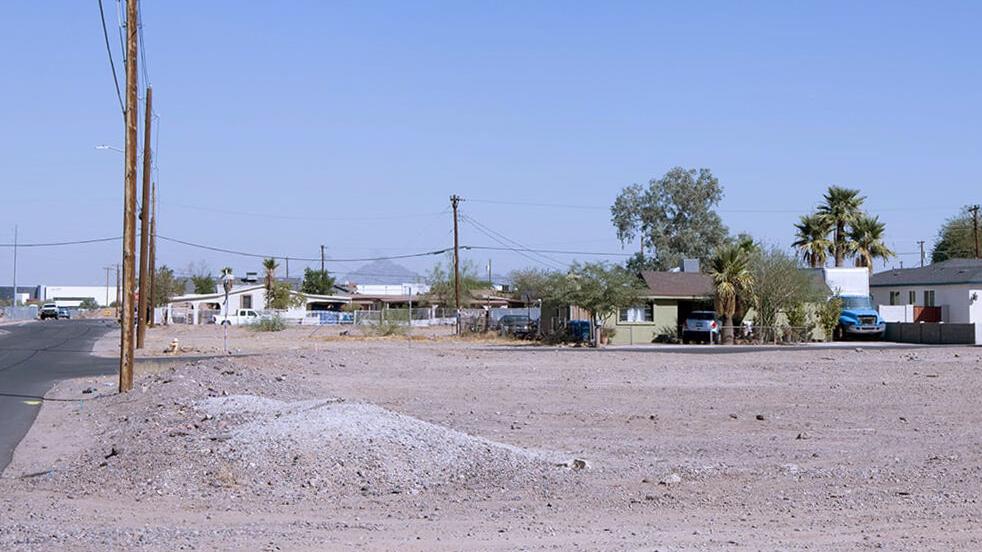
Zach Bradshaw
Cronkite News
PHOENIX —The Office of Heat Response and Mitigation is accepting applications from public schools and neighborhoods to receive grant funds for tree and shade structure installation in qualified census tracts — communities with a poverty rate of 25% or more, or with 50% of households with incomes below 60% of the area median gross income.Three available grants — Community Canopy, Canopy for Kids, and Shade for Students — are intended to improve shade landscapes at schools and places that provide services for youth and to improve shade coverage in pedestrian places and residential sites.
People are also reading…
Funds can be used for trees, planting supplies, contracting and construction services, architectural supplies and inspecting, depending on the grant.Schools or nonprofits that provide youth services can receive up to $75,000, while neighborhoods and community nonprofit organizations can receive up to 200 trees and up to $2,000 to spend on community events related to tree planting.Lora Martens, the urban tree program manager at the Office of Heat Response and Mitigation, said there is an urgent need to implement shade coverage at Valley schools that may not have enough cool areas.“The youth are some of the most vulnerable to heat and … sun exposure,” Martens said. “Their smaller bodies are still growing.”According to the Environmental Protection Agency, children are more likely than adults to lose fluid quickly and become dehydrated in extreme heat. The EPA recommends children stay indoors during periods of extreme heat.The Arizona Department of Health Services reported 336 heat-related deaths in 2021 in Maricopa County, more than all other Arizona counties combined. There were 1,731 heat-related deaths in the county from 2011 to 2021.What are the benefits?The heat office is funding the grant project through the American Rescue Plan Act.Shading streets and walkways has been a city priority, and the 2010 Tree and Shade Master Plan set the goal of increasing the city’s canopy coverage to roughly 25% by 2030.The plan targets urban heat islands — areas which can have temperatures 15 degrees warmer than the surrounding area. These areas can experience an increase in air temperature because heat intensifies in cement, asphalt and other surfaces when the sun hits it.An increase in shade can lessen temperatures and reduce water and energy consumption.The grant program seeks to advance fairness in urban environments, specifically within qualified census tracts, which are designated by the U.S. Department of Housing and Urban Development.“If you have more trees, then you have cleaner air. That protection from the …
See the full article on Arizona residential development, or, read more Arizona real estate investing news. Feel free to share our site with your investor friends.






